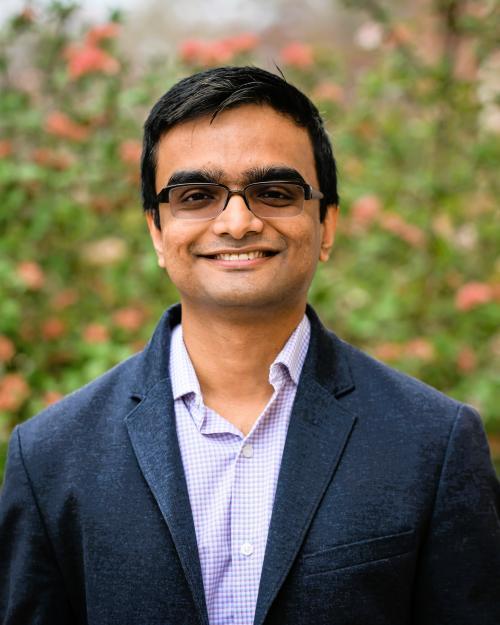
Neuromorphic Computing: Bridging the gap between Nanoelectronics, Neuroscience, and Machine Learning
Presentation Menu
While research in designing AI algorithms has attained a stage where such platforms are able to outperform humans at several cognitive tasks, an often-unnoticed cost is the huge computational expenses required for running these algorithms in hardware. Recent explorations have also revealed several algorithmic vulnerabilities of deep learning systems like adversarial susceptibility, lack of explainability, and catastrophic forgetting, to name a few. Brain-inspired neuromorphic computing has the potential to overcome these challenges of current AI systems.
This talk reviews recent developments in the domain of neuromorphic computing from my group guided by an overarching system-science perspective with an end-to-end co-design focus from computational neuroscience and machine learning to hardware and applications. From the top-down algorithm side, I will delve into methodologies that treat neuromorphic spiking architectures as continuously evolving dynamical systems, revealing intriguing parallels with the learning dynamics in the brain. The methodologies discussed enable spiking architectures to transition beyond simple vision-related tasks to complex sequence learning problems and large language model (LLM) architectures.
Complementary to this effort, I will also elaborate on a bottom-up perspective of leveraging the intrinsic physics of emerging post-CMOS technologies like ferroelectrics and spintronics to mimic several neuro-synaptic functionalities in novel device structures operated at low terminal voltages. In-Memory computing architectures enabled by such neuromimetic devices have the potential of enabling two to three orders of magnitude energy efficiency in comparison to state-of-the-art CMOS implementations. I will outline several hardware-software co-design strategies to enable variation-aware, robust, self-healing neuromorphic systems.
I will conclude my talk with my vision of expanding the scope of neuromorphic computing beyond simple neurons and synapses by forging stronger connections with computational neuroscience, thereby enabling a new generation of brain-inspired computers.
